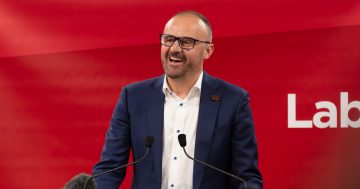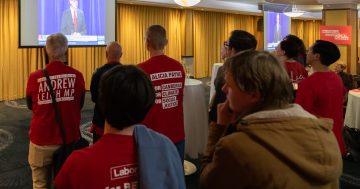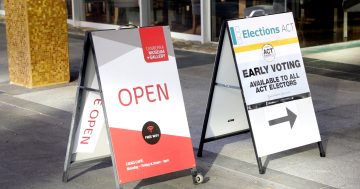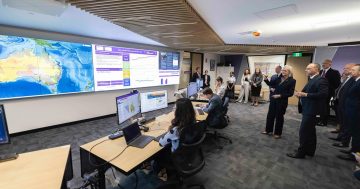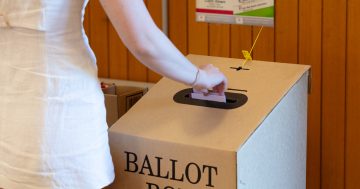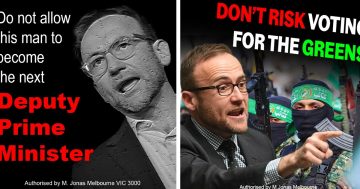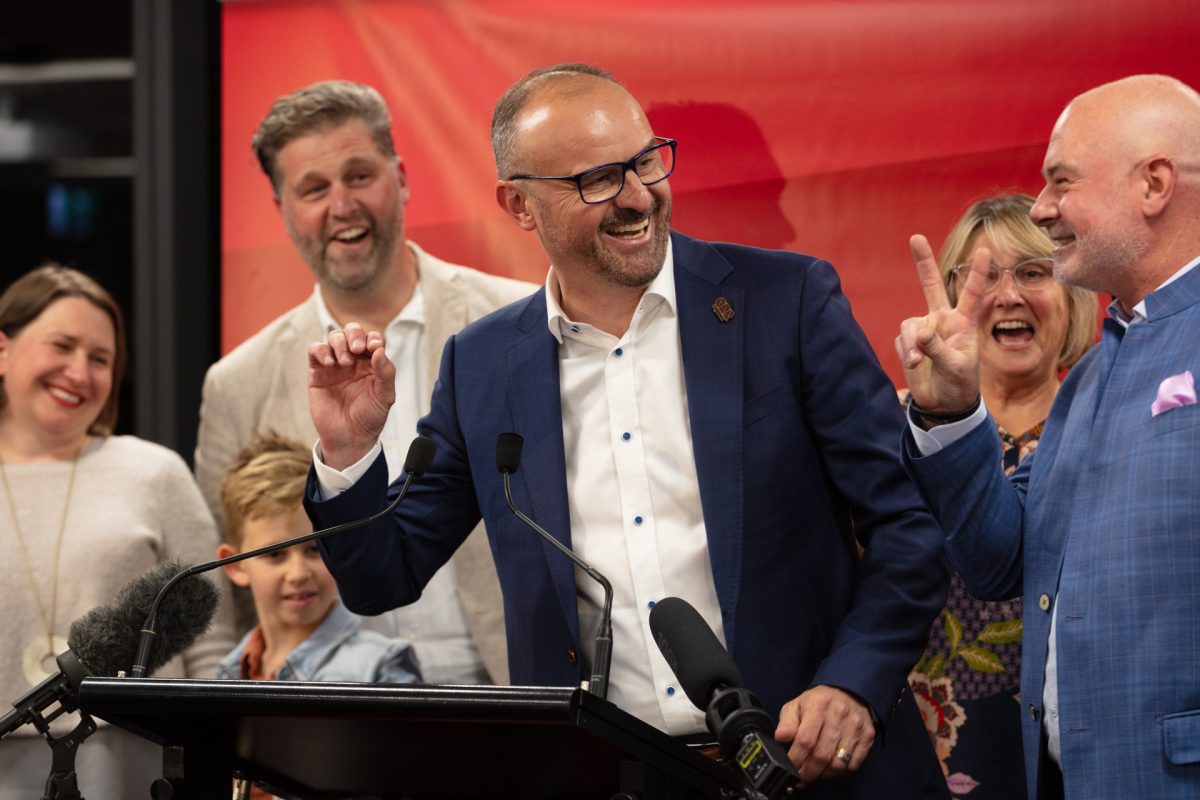
For ACT Labor, forking out $1.19 million on the election was money well spent. Photo: Michelle Kroll.
Elections ACT has revealed how much each of our politicians spent on their campaigns in the lead-up to last year’s election, as well as how much was then paid out by the taxpayer.
And it seems four candidates turned a ‘profit’.
How do we know?
The Electoral Act 1992 requires all of the ACT’s registered political parties, non-party candidates and third-party campaigners (or political entities that spent more than $1000 during an election period) to lodge an ‘election expenditure return’ within 60 days of polling day.
This return must include the cost of all election-related material, including advertising in radio or newspapers, posters or displays “at a theatre or other place of entertainment”, how-to-vote cards, posters, pamphlets, internet advertising, and even “business cards, T-shirts, badges, pens, pencils and balloons”.
Consulting or advertising agents’ fees must also be included, as well as any costs associated with opinion polling.
“The returns show details of electoral expenditure incurred by election participants during the 2024 ACT election campaign,” ACT electoral commissioner Damian Cantwell said.
“For non-party candidates and third-party campaigners, the returns also show details of gifts received by those entities.”
The amount that can be spent on an election campaign is limited by an “expenditure cap”. For the 2024 ACT election, the capped expenditure period commenced on 1 January 2024 and ended on 19 October 2024.
For the 2024 election, this was $50,135. However, for a party, this number is multiplied by the number of candidates contesting the election (to a maximum of 25 candidates).
The returns from October’s election were published to the ACT Elections website on 1 February, but Mr Cantwell said they have “yet to undergo compliance or accuracy checks by the Electoral Commission”.
What are the numbers?
The headline is that ACT Labor ran the most expensive campaign at $1.19 million (not far from their expenditure cap of $1.25 million).
This was followed by the Canberra Liberals, at $967,549, which was below the $1.06 million they spent in 2020.
The ACT Greens spent $281,673, followed by Independents for Canberra at $144,205, Family First at $62,969 and Fiona Carrick Independent at $18,003.
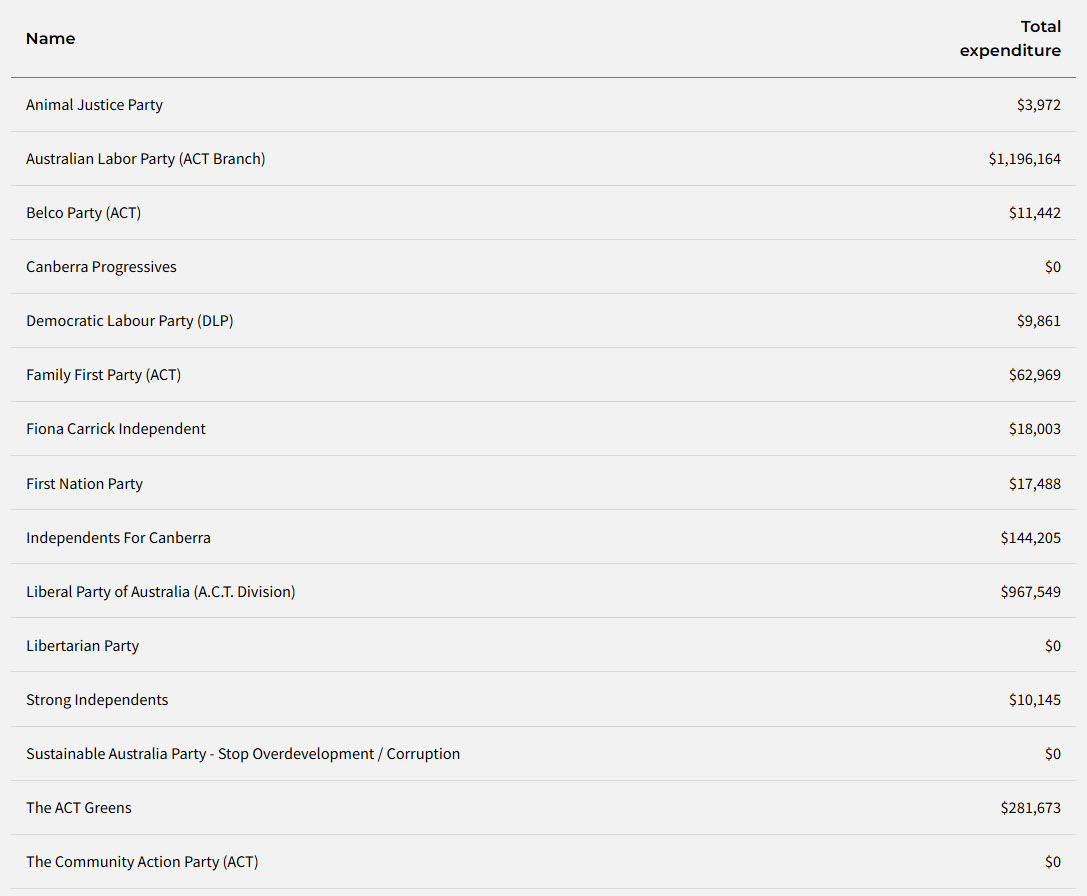
The 2024 election expenditure figures for each party or candidate. Image: Elections ACT.
So what did the taxpayers fork out?
While political parties are not obliged to accept public “election funding”, all registered political parties and non-party candidates can receive it, paid directly to either the registered party officer or the candidate.
For a party or independent candidate who receives more than 4 per cent of the first-preference vote, the rate is just over $10.15 per vote.
Seven parties contesting the October 2024 ACT election received payments.
“ACT Labor, the Canberra Liberals, The ACT Greens and Independents for Canberra reached the 4 per cent threshold in each of the five electorates,” Mr Cantwell continued.
“Belco Party and Family First achieved the threshold in Ginninderra, while Fiona Carrick Independent qualified for public funding in Murrumbidgee.”
All up, taxpayers paid $2,584,774 to parties and candidates.
Three parties received less than they spent – ACT Labor at $950,563, the Canberra Liberals at $931,089, and Family First at $26,352.
But for the four parties, it was the opposite. The Greens collected $57,311 more than they spent on their campaign; Independents for Canberra collected $92,000; Fiona Carrick collected $56,177; and the Belco Party collected $15,174.
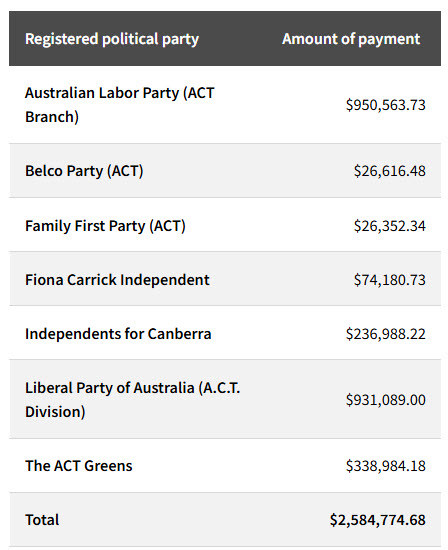
Total public funding amounts for the 2024 ACT election. Image: Elections ACT.
What happens to the ‘profit’?
The ACT Greens have said the definition of “electoral expenditure” in the ACT is too limited to “narrowly defined advertising activities”, so the party will be using the leftover public funding to pay for “employee expenses”.
“Consequently, while it may appear that the Greens recoup significant costs, this is not the case when considering staffing,” a spokesperson said.
“The ACT Greens 2024 ACT Election campaign employee expenses were $71,250. When added to the $281,673 of electoral expenditure already reported, this totals $352,923, which is more than the Greens accepted in public funding.”
The ACT Greens reiterated the importance of public funding to ensure that “external forces cannot influence the policies and positions of political parties” but argued the definition “must be updated to encompass these other major components of election campaigns”.
“The Greens support harmonising the ACT’s definition of electoral expenditure with the federal definition, which encompasses any expenditure incurred for the primary purpose of creating or communicating electoral matter,” the spokesperson said.
The party hopes to have some leverage to do this, having secured a place on a new committee investigating the 2024 election.
“We’re hopeful other parties will engage with it in good faith”.
Thomas Emerson from Independents for Canberra has expressed similar sentiments and said the extra funding his party received will be directed to repaying candidates for lost income during the campaign.
“Approximately 40 per cent of our campaign was funded by financial contributions from our candidates,” he said.
“As a way of repaying their financial contributions and compensating candidates who left their jobs to campaign, Independents for Canberra accepted the public funding and distributed it to candidates in proportion to the number of votes they received.”
Fiona Carrick and The Belco Party’s Bill Stefaniak said their surpluses would be spent on “community engagement efforts” and the campaign for re-election in 2028.
Original Article published by James Coleman on Riotact.




